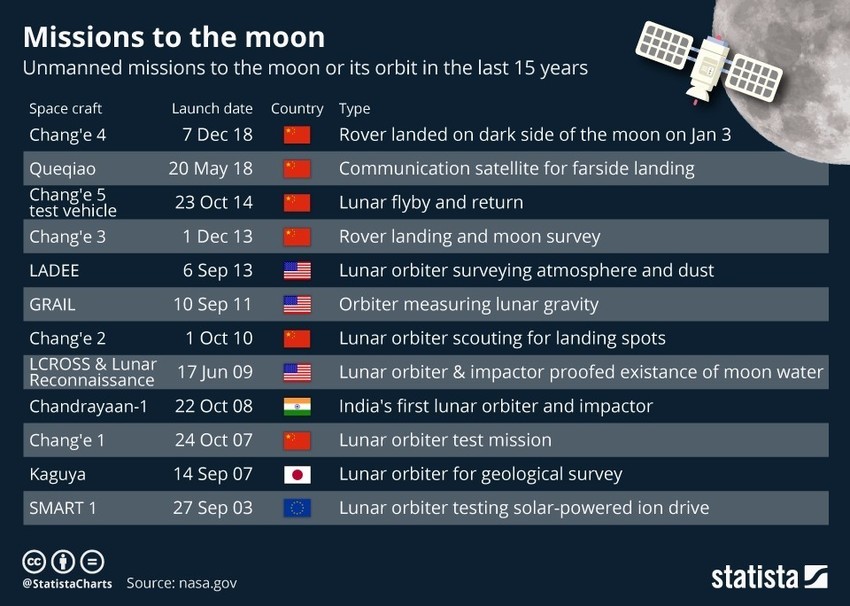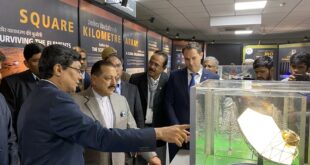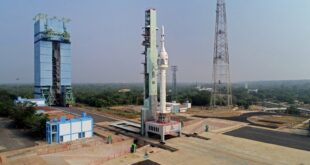As part of the partnership between SpaceWatch.Global and Dr. Rajeswari Pillai Rajagopalan, we have been granted permission to publish selected articles and texts. This is “India’s strategy in space is changing. Here’s why”, originally published 14 August 2019 at World Economic Forum website.
 After a gap of more than a year, I wrote a short essay for The World Economic Forum. In this essay, I focused on India’s geopolitical strategy in space. Half a century after humans first walked on the Moon, space is still as much about scientific discovery as it is about strategic competition.
After a gap of more than a year, I wrote a short essay for The World Economic Forum. In this essay, I focused on India’s geopolitical strategy in space. Half a century after humans first walked on the Moon, space is still as much about scientific discovery as it is about strategic competition.Today, there is increasing power competition in Asia, particularly between China and its neighbours – India, Japan and Australia. Some of this is also reflected in outer space. As a corollary, we are also beginning to see greater cooperation between some countries in outer space, including India and Japan, both of which are concerned about the rise of China.
India also cooperates in space with the US, Russia and France. Much of the competition India has on land, on the other hand, is with China. Therefore, India has negligible cooperation with China in space, and equally, little competition with the other space actors.
This has an impact on India, forcing India to respond. But India’s response to China has an effect on Pakistan, which then responds to India. This cascade can be seen on land, and at times, in space. For example, China’s first successful anti-satellite (ASAT) test in January 2007 was to demonstrate a catch-up effort with the United States. But once China tested its ASAT in 2007, India had little choice but to develop its own ASAT because of the need of deterrence.
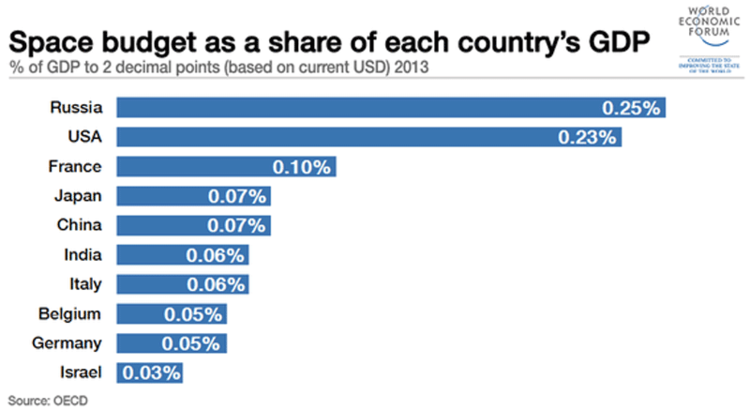
But in the space arena, the competitive cascade does not travel all the way to Pakistan because Pakistan’s space programme is underdeveloped. While Pakistan has expended considerable national wealth in keeping pace with India in its nuclear and missile capabilities, it has not done so with regard to outer space.
Pakistan could also develop other counterspace capabilities, including cyber and electronic means to target India’s space assets. While this remains speculative so far, the history of India-Pakistan competition suggests that this remains a possibility.
But by the early 2000s, India’s position had begun to change as Pakistan began acquiring long-range missiles. India felt the need to build ballistic missile defences, leading New Delhi to take a sympathetic view of the George W. Bush administration’s decision to withdraw from the Anti-Ballistic Missile (ABM) treaty in late 2001. By the end of the decade, as India’s own capabilities increased, it was clear that India was becoming more discriminating in its attitude towards space security.
China’s ASAT test in 2007 helped advance India’s process of revaluating its space strategy. India realised that its growing investments in outer space – until then largely civilian in nature – were now under threat from China’s new security capabilities. India also started thinking more about how to manage outer space for security purposes. As a result, India established a space cell under its Integrated Defence Headquarters shortly after China’s ASAT test.
In April 2019, India established the Defence Space Agency (DSA) as an interim measure to command the military’s space capabilities. All of this meant that India had to have a much more nuanced position than a blanket approach that opposed any militarization or weaponization of outer space.
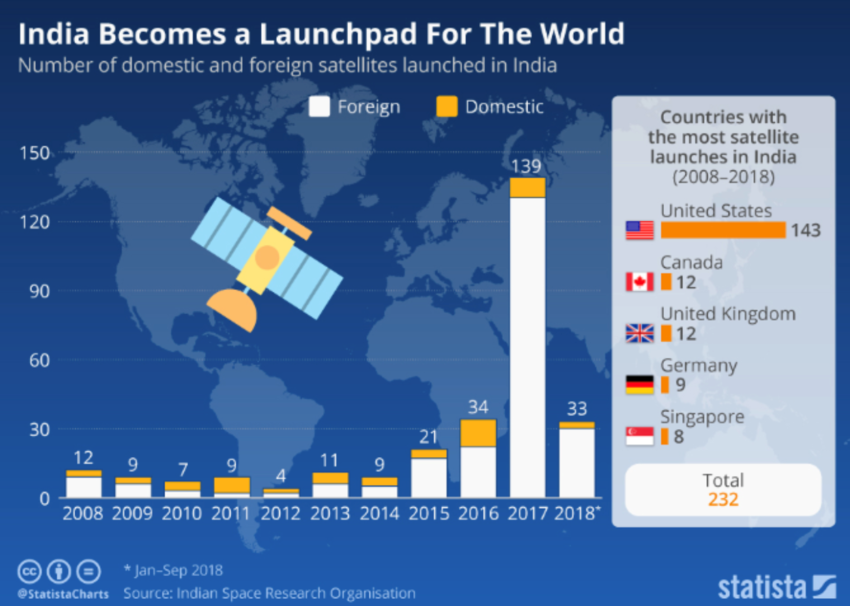
The original can be find here – https://www.weforum.org/agenda/2019/08/indias-strategy-in-space-is-changing-heres-why/ Rights reserved – this publication is reproduced with permission from WEF and Dr. Rajeswari Pillai Rajagopalan.

Bio: Dr. Rajeswari Pillai Rajagopalan is currently a Distinguished Fellow and I head the Nuclear & Space Policy Initiative at the Observer Research Foundation, New Delhi. She is also the Technical Advisor to a new UN Group of Governmental Experts (GGE) on Prevention of Arms Race in Outer Space (PAROS) (July 2018-July 2019). As the senior Asia defence writer for The Diplomat, she writes a weekly column on Asian strategic issues. She joined ORF after a five-year stint at the National Security Council Secretariat (2003-2007), where she was an Assistant Director. Prior to joining the NSCS, she was Research Officer at the Institute of Defence Studies and Analyses, New Delhi. She was also a Visiting Professor at the Graduate Institute of International Politics, National Chung Hsing University, Taiwan in 2012.


